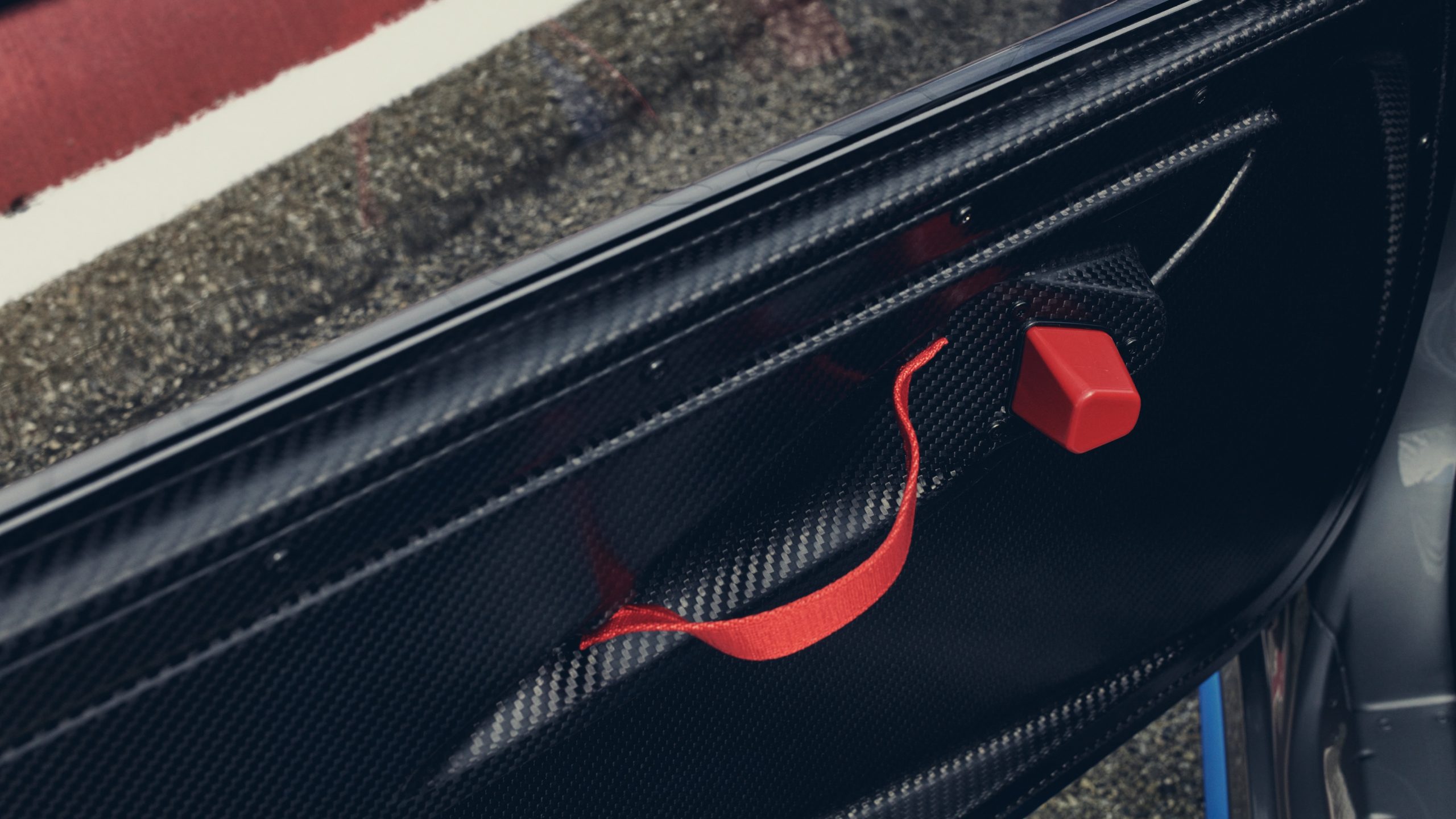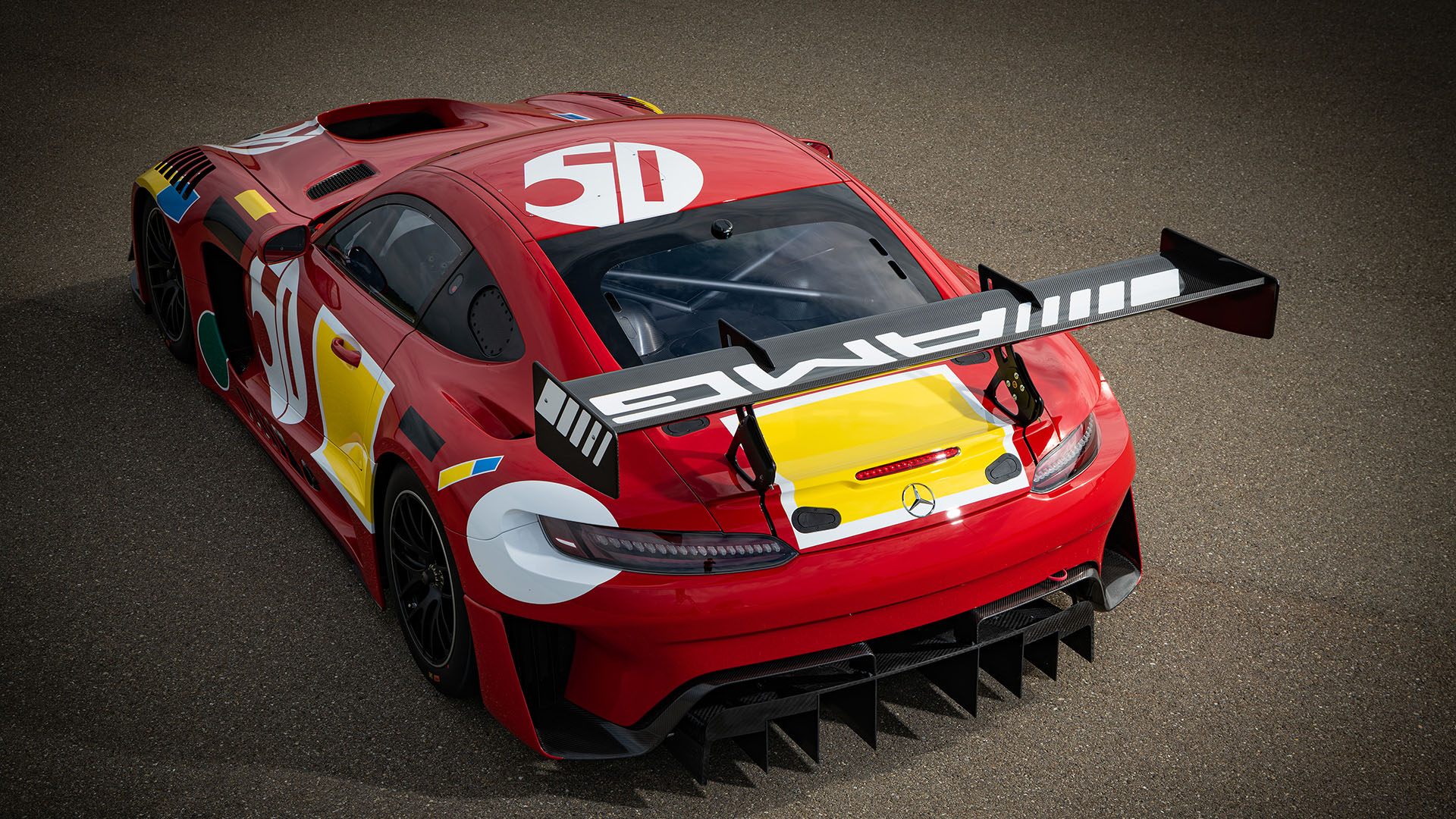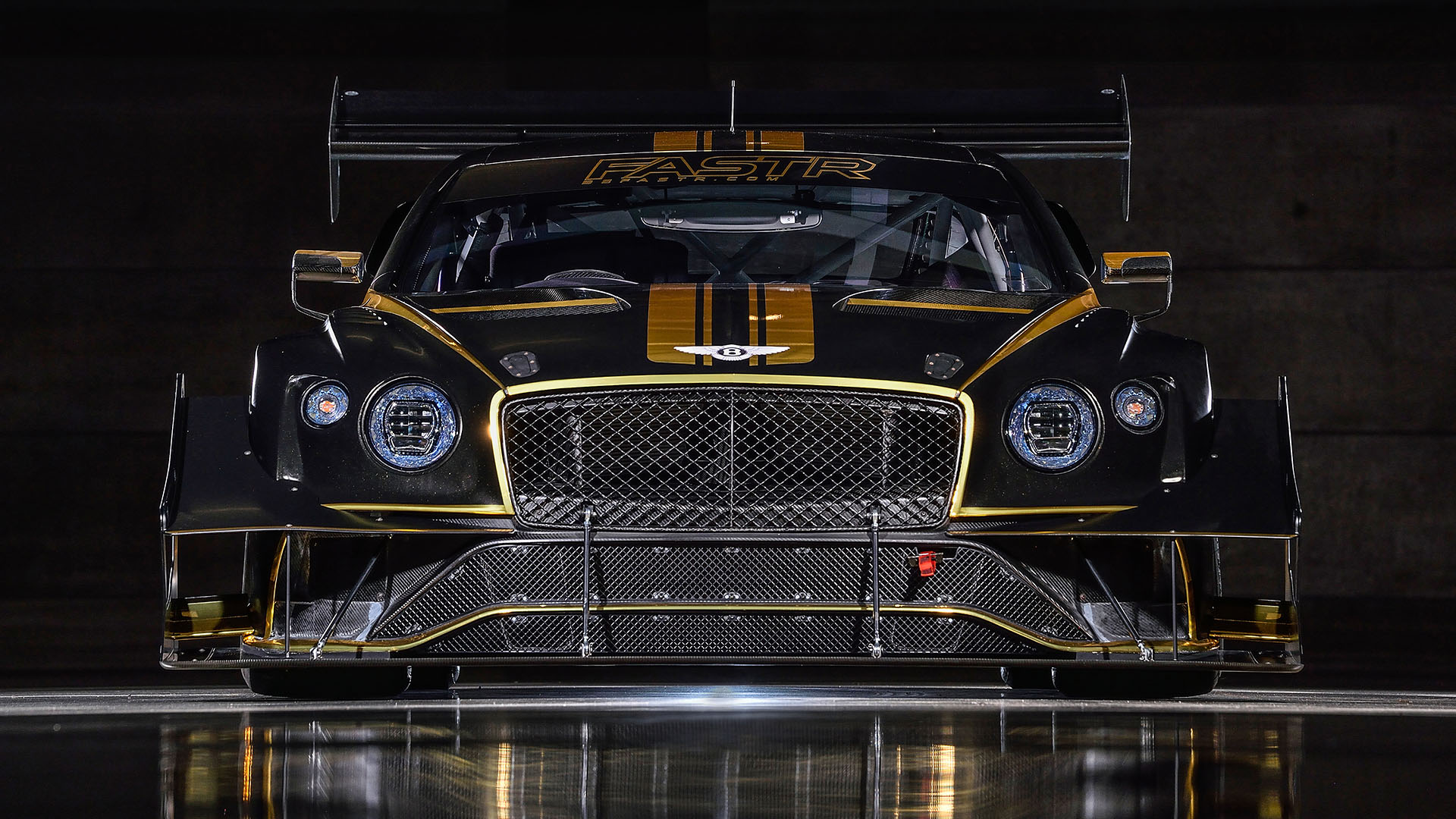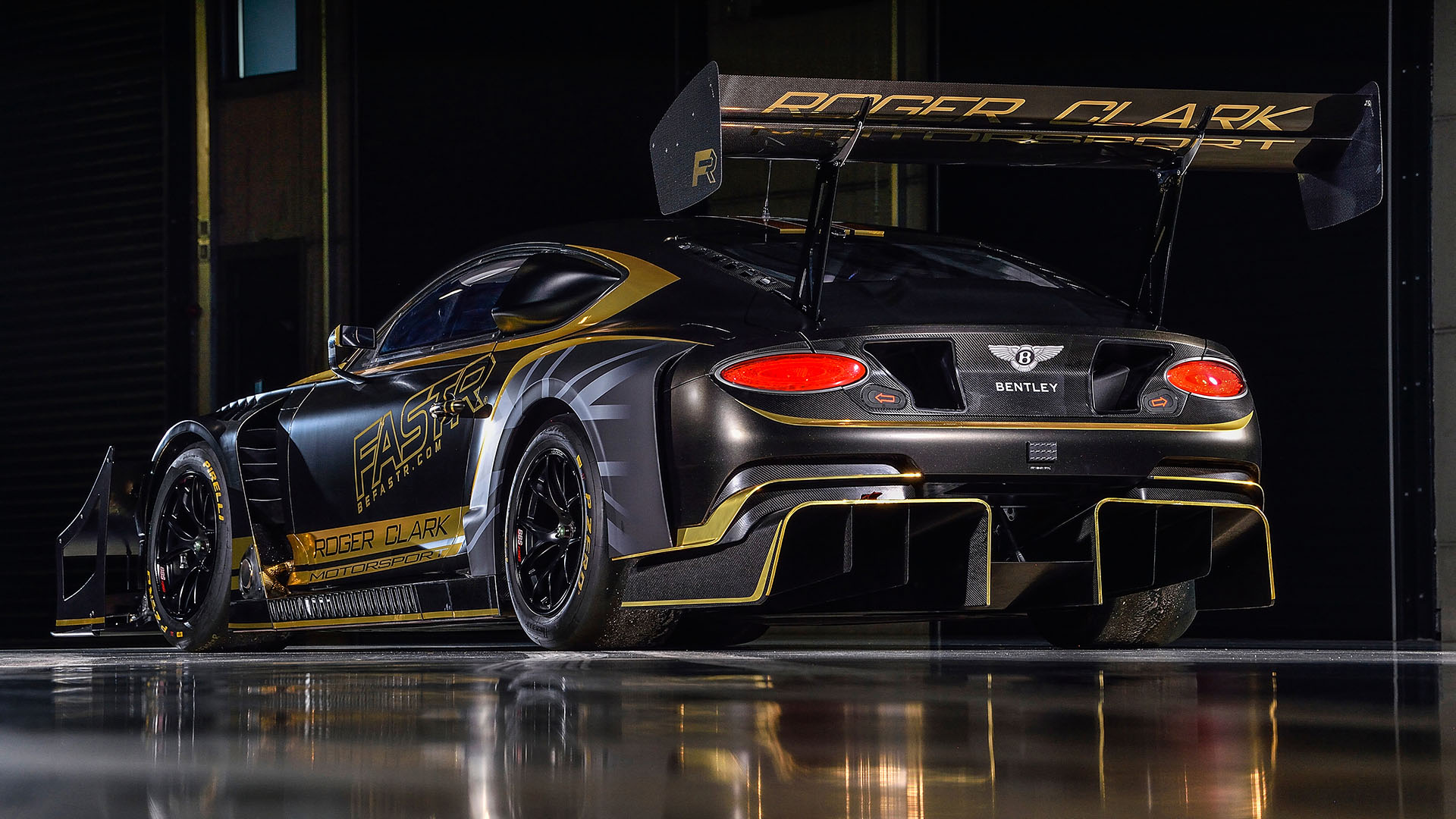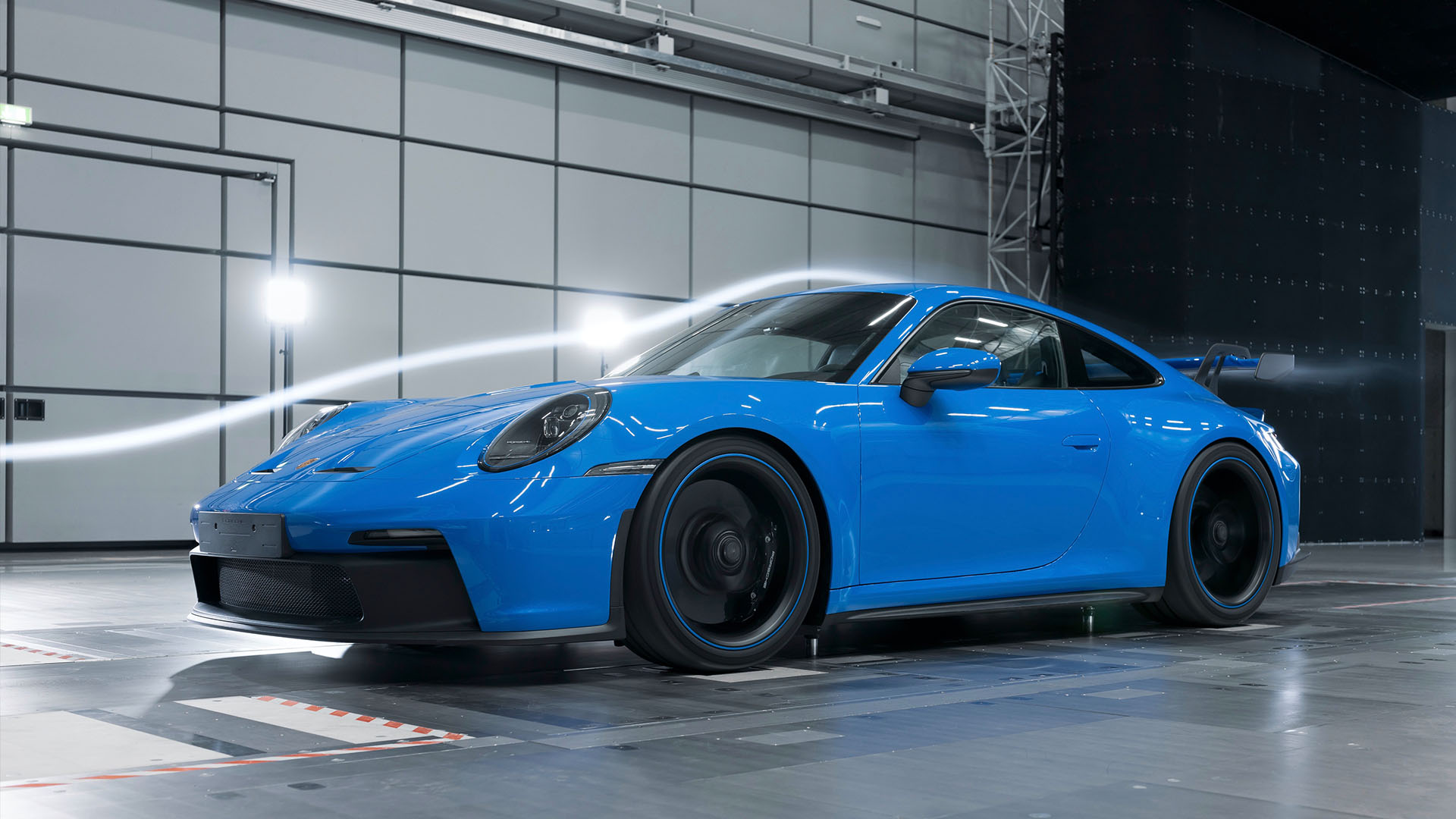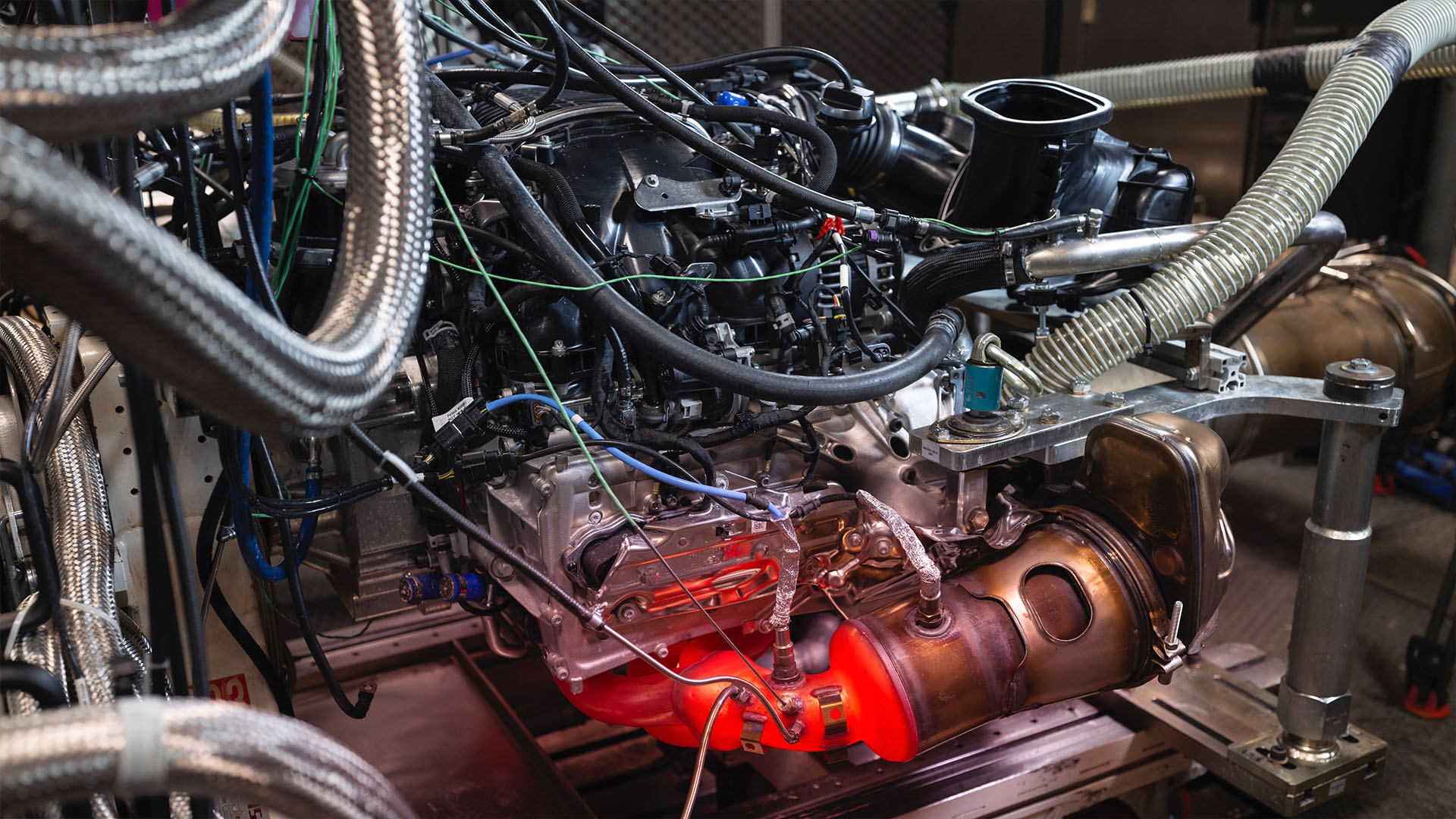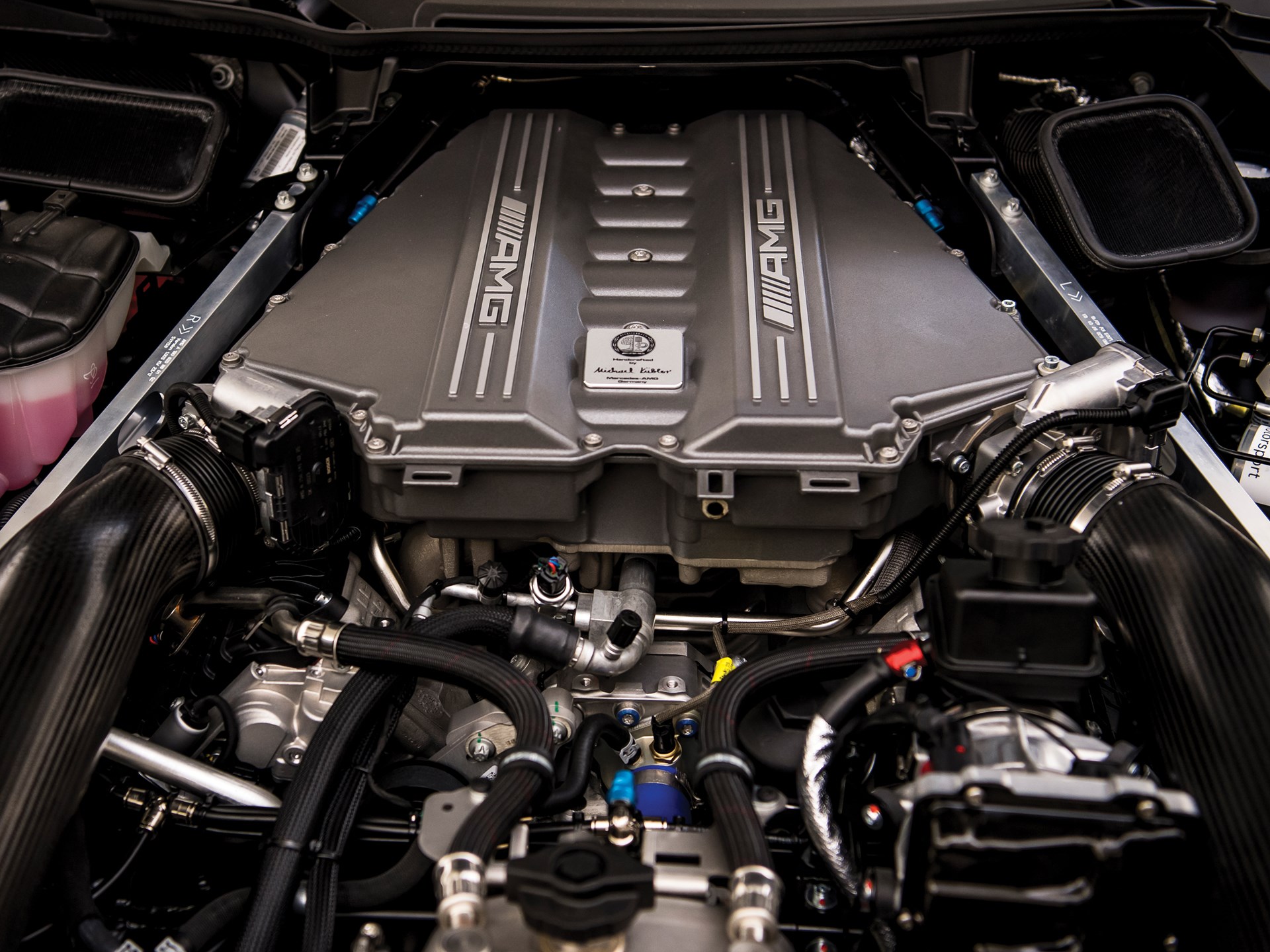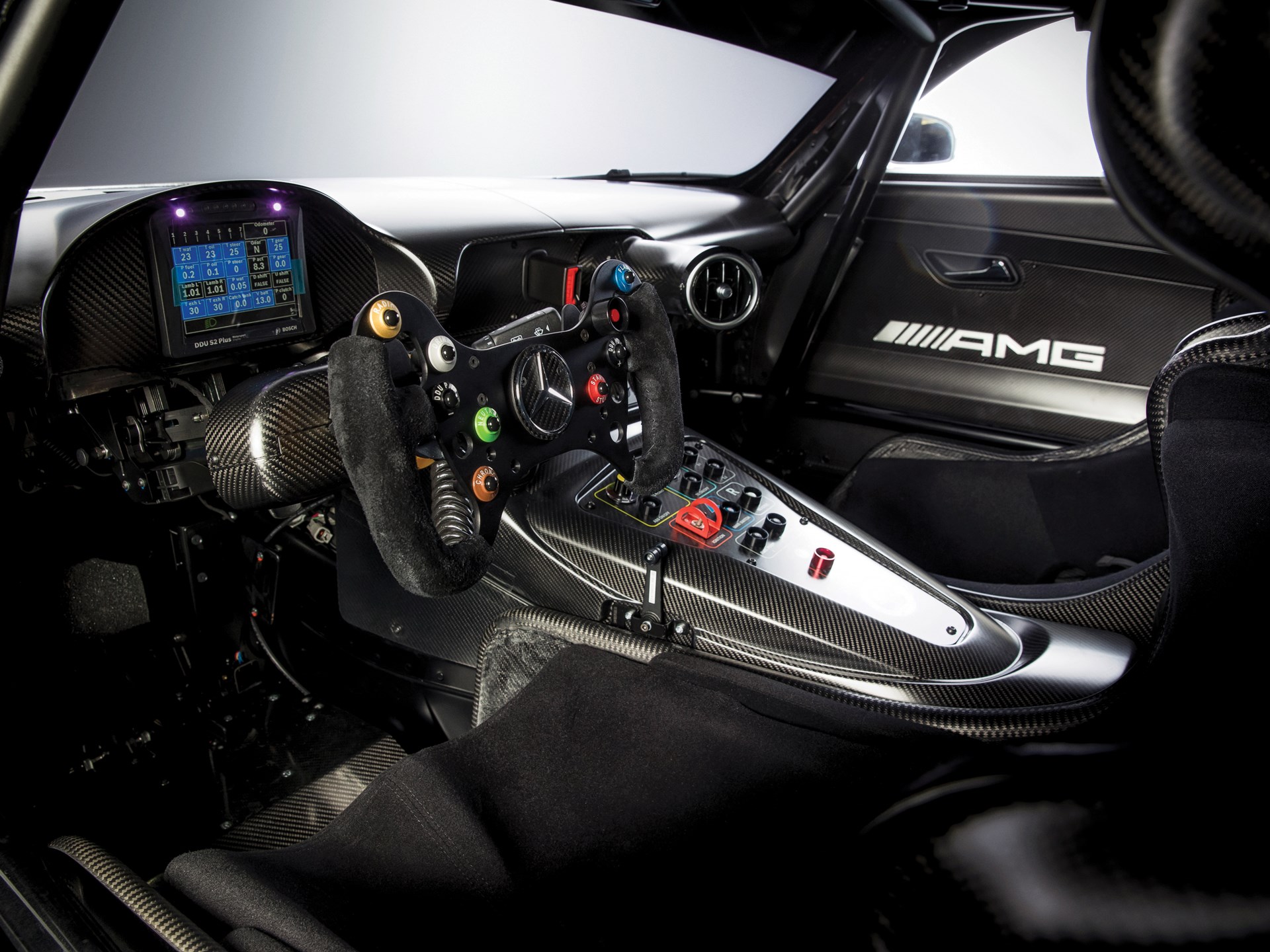Porsche 911 (992) GT3 Cup: An In-depth Look
Introduction
The world caught its first glimpse of the new 992-gen Porsche 911 GT3 Cup car back in December 2020, at about the same time that we were treated to a teaser of the yet-to-be-released production road car.
Ironically, more details were revealed about the race car than the road car at that point. Thus, we originally found ourselves relying on the Cup car – which we knew would make 510 hp and run on synthetic fuel – to give us clues on what the street-legal GT3 was going to look like, and not the other way around. But even then, most of the information remained vague.
Fast forward to mid-February 2021, with Porsche finally pulling back the curtains and officially unveiling the 2022 Porsche 911 GT3 via digital livestream on YouTube. Rather quietly – under the shroud of all the fanfare surrounding the road car – Porsche also got the ball rolling for the 992-gen GT3 Cup car, delivering the first 23 examples to customers.
New Era, Better Cup Car
As is the case with any automobile (and especially one of the 911 GT3’s caliber), development of the production car – and by association, the Cup car – was years in the making. Jan Feldmann was appointed Project Manager for the new Porsche 911 GT3 Cup, making him ultimately responsible for bringing the many different departments together needed to produce a pure-bred race car.
The very beginnings of this project can be traced back as far as 2018, with things really beginning to take shape by early 2019. The undertaking was huge, but the message was simple: “build a Porsche 911 GT3 Cup car that had better performance, a more aggressive design, and greater durability than any other before it.”
We all know that these types of challenges are nothing new to Porsche, who seem to be on a perpetual winning streak of building a better car than the ones made before it. However, this particular Cup car did present a unique obstacle for Feldmann and his team, as Porsche sought to have it run on synthetic fuel rather than conventional gasoline. The immediate goal here was to achieve a significant drop in carbon emissions, which the new Cup car has proven to be possible.
It also serves as a laboratory for the potential trickle-down of eFuels to production road cars. Producing a competitive race car that uses eFuels is surely going to have huge implications for the company down-line; Porsche have already hinted that this manner of powering some of their production cars (alongside EVs) is at the forefront of their future developments. The company’s altruistic stance on this is reflected in their desire to make eFuels accessible for all manner of combustion-powered machines.
As the seventh iteration of this one-make race car, the new 992 GT3 Cup will be carrying on a great legacy. Since 1990, Porsche has produced 4,251 units of this world-class machine; all of which have been built alongside Porsche’s production road cars at Zuffenhausen, and will continue to be in the case of the 992.
To The Races
Early adopters of the new Cup cars were invited to a private testing session to give the race car its first real shakedown on March 8, 2021. Considered to be one of the world’s most unforgiving race tracks (one which demands everything from a car’s chassis) Sebring International Raceway would host this event. Keeping in the mindset of “if it’ll survive here, it’ll survive anywhere”, the car performed remarkably in every metric and duly impressed the Porsche brass and customers alike.
This was not just a preamble for the cars, but for the drivers as well, who would then compete on the same track just 9 days later at the 12 Hours of Sebring – the inaugural event for the 2021 Porsche Carrera Cup North America season. Since then, the competition has made its rounds to Circuit of the Americas, Watkins Glen, Road America and Indianapolis Motor Speedway. The full schedule can be viewed here.
Also, a special shout out to my fellow Canadian, Parker Thompson of JDX Racing, who continues to compete for a top 3 position in the series. He won the most recent event which took place at Indianapolis, where he also set the fastest lap of the race. All the best, Parker!
“Being able to introduce the new Porsche 911 GT3 Cup race car in our own debut as Porsche Carrera Cup North America is a great honor. It is among the first of many key elements that makes Carrera Cup special for our customers here. While we will have multiple unique details which set the Carrera Cup North America apart, like a bespoke paddock experience and Michelin Pilot race tires, the most obvious and quickly recognizable to the fans will be the latest and greatest Porsche 911 GT3 Cup race car. Not only is this special on this continent, but it is also special worldwide. People will be able to watch the future of Porsche one-make racing for the first time at our series’ debut at Sebring on March 17 – 19.” – Brian Blocker, Series Director of Porsche Carrera Cup North America
Engine & Performance
The Stats
The new Porsche 911 GT3 Cup car continues to fashion a 4.0L naturally-aspirated engine, which is the same as that used in its predecessor as well as the 992 GT3 road car. In its latest evolution, the engine produces 510 hp @ 8,400 rpm – up from 485 hp @ 7,500 rpm in the outgoing race car – and 347 lb-ft of torque @ 6,250 rpm.
Arguably more significant than the 25 hp bump, is the fact that the water-cooled flat-6 engine runs on synthetic fuels – a feature that could revolutionize how motorsport race cars and production road cars look going forward. Porsche also claims that the engine is more robust than ever and requires less routine maintenance than the forgone “Mezger” engines used in the previous cars. This means that the car should be good for 100 hours of track-duty, before requiring any maintenance checks.
The Components
Unlike the road-going car, the GT3 Cup race car opts for a single intake system instead of the more ‘blingy’ individual throttle bodies, as a matter of simplicity for race engineers and mechanics. The car also comes with three interchangeable exhaust systems which allow for compliance within different race series’ rules and decibel limits.
The 4.0L naturally-aspirated flat-6 engine is mated to a 6-speed sequential transmission, which is electronically controlled using steering-wheel-mounted paddle shifters. The most notable improvements to the drivetrain, which include new driveshafts, make for a much more durable race car.
Porsche says that the GT3 Cup car’s transmission only needs inspecting once every 60 hours of racing, with the comprehensive servicing/rebuilding interval being double that. More time on the race track. Less time in the garage. A clearer path to victory.
Chassis & Suspension
The new 992 GT3 Cup has significantly enhanced safety features compared to the outgoing 991.2 equivalent, with extra reinforcements added to make the safety cell – which ultimately protects the driver – much stronger. The net increase to total weight is about 35 kg, though it is important to note that the car has shed mass other areas to help mitigate the additional encumbrance.
This is achieved by using more aluminum than ever before, with roughly 70% of the new Cup car’s components being made of the lighter material (and the rest with steel). A generous serving of carbon fiber can be found on panels such as the doors, engine cover and rear wing, while all windows are made out of polycarbonate.
Overall, the 992 Cup weighs 2,778 pounds – up from its predecessor’s 2,701 pounds – which isn’t insignificant in race car terms; however, it now comes with the extra protection and heightened safety standards that are part and parcel of building a car that is now faster than ever before.
One of the biggest changes to the new GT3 Cup car is via its suspension geometry with the introduction of a double-wishbone suspension setup in the front. This design is inherited from the mid-engined 911 RSR race car, and is also a characteristic shared with the new 992 GT3 road car, which also debuts with this same feature.
This change is significant in that the shock absorbers are only affected by axial forces, and no longer to lateral forces. In essence, this will improve handling performance and allow for more precise road manners and enhanced turn-in capabilities. The rear end continues to utilize a 5-point multi-link suspension system which also borrows its valve design from the 911 RSR. The new GT3 Cup car will also feature fully electro-mechanical power steering for the first time, which will improve the car’s reaction to driver inputs while providing greater feedback.
Aerodynamics
As expected, the new 992 GT3 Cup also features improved aerodynamic performance compared to the outgoing race car, with the new adjustable ‘swan neck’ rear spoiler being the most visually-telling change in this regard.
This design – also adopted for use on the 992 GT3 road car – is an improvement on the more traditional shape, allowing for greater downforce while simultaneously reducing drag. New NACA-style air ducts at the front of the car also help to channel airflow throughout the body and assist with engine and brake cooling.
The overall footprint of the car has also been increased, with a wider body and larger overhangs improving downforce but also making for bigger dimensions. However, as part of the total package, these changes work in tandem with the rest of the car in striking an optimal balance which ultimately makes for a faster, better and safer car.
Stability & Traction Control Systems
While driver assistance systems such ABS and traction control are optional on the GT3 Cup, they are pre-programmed into every car’s onboard ECU; they can be toggled on or off using a unique digital code.
However, the majority of these driving aids are prohibited in professional categories of competitions such as the Porsche Carrera Cup North America – pro-am and amateur racers are typically given more leniency when it comes to racing with assists turned on.
Brakes & Tires
The new 992 GT3 Cup car utilizes Brembo steel brakes for stopping power, forgoing the more exotic (but less reliable) carbon-ceramic setup which is an option in the road-going GT3. The brake calipers utilize a special “quick release” mechanism, which allows for faster brake pad changes during pit stops. Brake bias can also be adjusted on the fly from the cockpit using a rotary knob located on the switch panel.
Thanks to wider fenders and a larger body, the new race car can also accommodate a beefier wheel / tire combination than before – by default, this equates to 12” wide wheels in the front and 13” wide wheels at the rear, each wrapped in Michelin Pilot Sport race tires.
Design, Styling & Interior
Speaking in greater detail about the car’s increased width, the new 992 GT3 Cup is built upon the wider platform of the 911 Turbo production car, rather than the narrow-bodied variants as was the case for the previous Cup car iterations. Add to that, even wider fenders after the fact, and you have a front and rear track which has been widened by 1.8” and 1.1” respectively.
The car’s body panels are made of either aluminum or carbon fiber; considerations have been made for reductions not just in weight, but in cost as well. For example, panels that are more susceptible to taking damage during customary track incidents – such as bumpers and fenders – are made from the less expensive aluminum.
Inside, the GT3 Cup is fitted with a 10.3” center monitor which displays important information to the driver. The steering wheel is transplanted from the GT3 R and has carbon fiber paddle shifters attached. The dashboard can also be customized to the driver’s preferences.
Pricing
According to Porsche Motorsport, the new 992-gen Porsche 911 GT3 Cup “is now delivered with a complete accessory kit, which includes, for example, all special tools and wishbone spacers required for track adjustment.”
As for the price? Each Cup car will cost the equivalent of €225,000 (roughly US$275,000).
This of course, does not include any of the costs associated with funding a race team or the other post-purchase expenses required to keep the car running and staying competitive. Deliveries began in February 2021, with testing and the first 5 Porsche Carrera Cup North America races already having been concluded at the time of this writing. The series will be making its next stop at Virginia International Raceway, before wrapping up at Road Atlanta.
Specifications Summary
Engine |
|
| Configuration | Flat-6 |
| Location | Rear, Longitudinally-mounted |
| Construction | Aluminium Alloy Block and Head |
| Displacement | 3,996 cc / 243.9 cu in |
| Bore / Stroke | 102.0 mm (4”) / 81.5 mm (3.2”) |
| Valvetrain | 4 Valves / Cylinder, DOHC |
| Fuel Feed | Fuel Injection |
| Lubrication | Dry Sump |
| Aspiration | Naturally-aspirated |
| Power | 503 bhp / 375 kW @ 8,400 rpm |
| Torque | 470 Nm / 347 ft-lbs @ 6,150 rpm |
| Redline | 8,750 rpm |
| BHP/Liter | 126 bhp / liter |
Chassis & Drivetrain |
|
| Chassis | Aluminium and Steel Monocoque |
| Front Suspension | Double Wishbones |
| Rear Suspension | Multi-link |
| Steering | Electro-mechanical Power Steering |
| Front Brakes | Ventilated discs, 380mm (15”), 6-pot caliper |
| Rear Brakes | Ventilated discs, 380mm (15”), 4-pot caliper |
| Gearbox | 6-speed Sequential |
| Drive | Rear-wheel Drive |
Dimensions |
|
| Weight | 1,260 kg / 2,778 lbs |
| Length / Width / Height | 4,585 mm (180.5”) / 1,920 mm (75.6 in) / N/A |
| Wheelbase / Track (fr/r) | 2,459 mm (96.8”) / N/A / N/A |
| Fuel Tank | 110 Liters (29.1 Gallons [US] / 24.2 Gallons [Imperial]) |
| Wheels (fr/r) | 12” x 18” / 13” x 18” |
| Tires (fr/r) | 30/65 – 18” / 31/71 – 18” |
Porsche 911 (992) GT3 Cup Photo Gallery
Video Gallery
[embedded content] [embedded content] [embedded content] [embedded content] [embedded content] [embedded content]Official Press Release
Porsche Premiere. Newest Porsche 911 GT3 Cup Race Car to Make Testing Debut with Newest One-Make Series.
02/08/2021
Porsche Motorsport Weekly Notes
The Porsche Carrera Cup North America will be a leader in many ways entering its debut season in 2021. Among the firsts for the entrants into the new championship – the highest of the one-make series on the Porsche Motorsport Pyramid North America – will be the privilege as the earliest to test and race the newest Porsche 911 GT3 Cup competition car worldwide. Porsche will host an open test for all full-season entrants in the series at Sebring International Raceway on March 8 – 9. The private test will include the first 23, 2021 Porsche 911 GT3 Cup race cars produced and delivered worldwide, as well as a limited number of previous generation cars. Following the two-day private event on the 3.74-mile, 17-turn race course in Sebring, Florida, entrants will make the international competition debut for the first race variant of the type 992 generation of the iconic 911 platform on March 17 – 19 during the Mobil 1 Twelve Hours of Sebring weekend.
North America holds the honor of being the first to see the most produced factory race car in the world in Central Florida. It will be followed by its Porsche Mobil 1 Supercup premier March 30 at Zandvoort in The Netherlands. Other Carrera Cups will follow.
The seventh cup-car iteration will carry forward a great legacy. Since its 1990 forerunner, Porsche has built 4,251 units of the globally successful one-make cup racer. Of its immediate predecessor alone, 1,410 cars rolled off the 911 assembly line in Zuffenhausen, Germany: 673 vehicles from the 991.1 generation and 737 from the 2017-launched 991.2 generation.
Producing 510 hp (375 kW), the new-for-2021 machine exceeds the output of its immediate predecessor by approximately 25 horsepower. Moreover, the new GT3 Cup car can run on synthetic fuels, which significantly lowers CO2 emissions under racing conditions. The completely new Cup 911 race car is expected to cut lap times, depending on the track layout, by an astounding one-percent – an almost unheard of gain made year-to-year. Delivery to teams will begin in February 19 with the first production allocation scheduled to be delivered to North America.
The groundwork for the latest model was laid in 2018. Concrete development began in early 2019. The main development goals of the team led by project manager Jan Feldmann were to further improve performance, achieve a more aggressive design and greater durability with less outlay in terms of time and maintenance. The result is reflected in many aspects of the new racing vehicle, which, like its predecessor, is built on the production line in Stuttgart-Zuffenhausen alongside the 911 road models.
One of the most striking features of the new 911 GT3 Cup is its optimized aerodynamics and the overall more muscular appearance. This is partly thanks to the wide, turbo-spec lightweight body that is being used for the first time in the Cup car. This improved aerodynamic efficiency ensures more stable handling, particularly in high-speed corners.
Optional vehicle functions such as ABS or traction control are already stored in the car’s onboard ECU. They can be activated via a digital code. In the Porsche Carrera Cup North America as well as the Porsche Mobil 1 Supercup, the majority of these driving aids are switched off in the professional classes. The focus of Carrera Cup and Supercup is on the talent of the drivers not the race car.
While the rear axle in the new Cup car essentially remains unchanged compared to the production 911 model, the front wheels are now controlled by a double wishbone suspension and Uniball bearings – like in the Porsche 911 RSR, the top racing model in the Porsche lineup. Through this, the shock absorbers/dampers are no longer exposed to lateral forces, only axial forces. This ensures more precise turn-in behavior and gives the driver a better feeling for the front axle. The shock absorbers have also inherited the cutting-edge valve technology from the Porsche 919 Hybrid LMP race car and 911 RSR. Fully electro-mechanical power steering has been introduced into the Porsche 911 GT3 Cup for the first time this year as well. While the car remains true to its Porsche roots in feel and performance, drivers who have experienced even the most recent generation of “Cup car” will have to adjust to the new, more precise handling of the newest generation. This puts a premium on the first test session at the fast, and bumpy, central Florida race course.
In terms of the engine, the 911 GT3 Cup remains true to the naturally-aspirated principle. In its racing version, the four-liter, water-cooled flat-six engine develops 510 hp (375 kW). The engine is connected to the sequential, six-speed gearbox with gear changes being made via a paddle shift on the steering wheel.
Entrants will take delivery of their new Porsche 911 GT3 Cup race cars beginning February 19. To help maintain a level playing field for all customers, regardless of their designated delivery slot, teams will not be allowed to test the cars on track prior to the Porsche Motorsport North America-managed Sebring test on March 8. To learn more, please visit www.PorscheCarreraCup.us





















